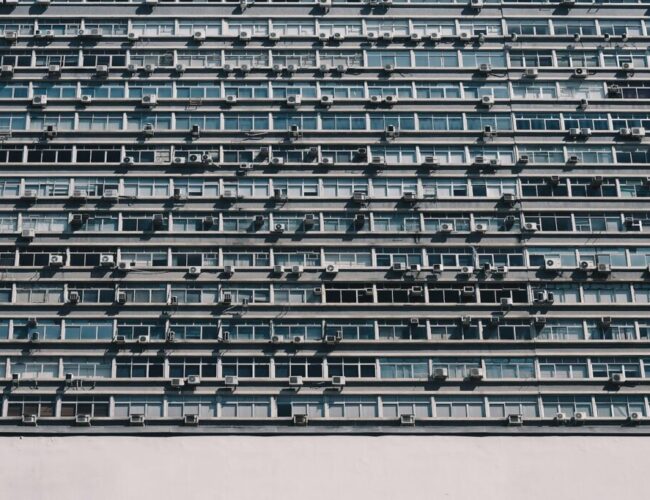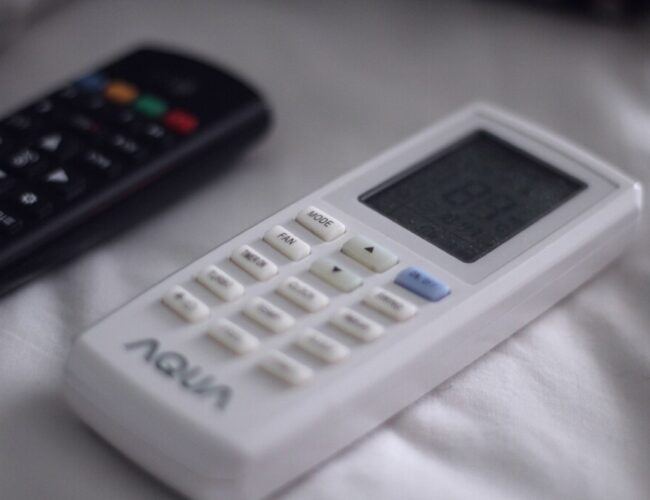Every home relies on a reliable climate system to maintain comfort through the changing seasons. When heating or cooling performance starts to decline, daily life can quickly become uncomfortable and inefficient. While minor issues can often be fixed with maintenance or small repairs, there comes a point when investing in a new climate solution becomes the smarter, more economical choice.
Recognizing the signs that your system is nearing the end of its life can help prevent costly energy bills, emergency breakdowns, and inconsistent temperatures. Whether you’re dealing with uneven heating, excessive humidity, or outdated technology, knowing when it’s time for an upgrade can make all the difference in long-term comfort and savings.

Rising Energy Bills and Declining Efficiency
A sudden or steady rise in energy bills is one of the clearest signs that your home’s climate system is no longer performing efficiently. Older systems often require more energy to produce the same level of comfort they once delivered effortlessly. Internal components wear down, filters become clogged, and ductwork can develop small leaks that force the system to work harder.
Homeowners attempt to solve these problems through repeated service calls or minor repairs. While maintenance can extend system life, it can’t restore lost efficiency in aging units.
Modern technology has evolved dramatically, offering systems that consume less energy while maintaining higher levels of comfort and control. It may be time to consider an HVAC system upgrade if your energy bills continue to climb despite careful use. Newer models include advanced compressors, smart thermostats, and variable-speed motors that automatically adjust output to match indoor needs. These features lower energy consumption and create a more consistent temperature throughout the home. The savings in utility costs often offset the initial investment, making the upgrade both a practical and economical decision.
Inconsistent Temperatures and Uneven Airflow
A home should feel comfortable in every room, yet aging systems often struggle to maintain even temperature distribution. If some areas feel too warm while others remain cool, it could indicate an airflow problem, improper system sizing, or weakened performance.
Uneven temperatures can stem from various causes, including leaky ducts, outdated thermostats, or worn-out components that no longer regulate airflow effectively. In older systems, fans may fail to circulate air properly, leaving certain rooms chronically uncomfortable.
Newer climate systems are designed to provide zoned control, allowing homeowners to customize temperatures for specific areas. This technology improves comfort, reduces energy waste, and ensures that conditioned air reaches every corner of the home efficiently. If persistent hot or cold spots remain after multiple repairs, upgrading the system may be the only way to restore balanced performance.
Excessive Noise and Unusual Odors
Climate systems should operate quietly and cleanly. When you start hearing banging, rattling, or grinding noises, it often means something inside the unit is wearing out. Loose parts, deteriorated bearings, or failing motors can all produce these sounds. While a technician can often identify the source, repeated noise issues are a strong indicator that the system’s internal components are nearing failure.
Odors are another important warning sign. A musty or burning smell could point to mold growth within ducts or overheating electrical components. Persistent odors affect air quality and signal potential safety hazards. Modern systems use improved filtration and airflow design to reduce dust accumulation and maintain cleaner, healthier indoor air.
Replacing an aging unit eliminates these issues entirely while improving both comfort and air purity. Homeowners often notice quieter operation and fresher air immediately after installing a new system.
Frequent Repairs and Mounting Maintenance Costs
Every climate system requires occasional maintenance, but when repair calls become routine, it may be time to assess whether continued service is worthwhile. Frequent breakdowns indicate that key components are deteriorating and that the system is operating under strain.
If you’re facing major part replacements, such as compressors, coils, or blower motors, on a unit more than ten years old, replacement is often the more cost-effective choice. The cost of repairs can quickly approach the price of a new system when factoring in energy inefficiency and lost performance.
A new installation eliminates recurring maintenance headaches and provides a clean slate for reliable operation. Many modern systems come with extended warranties, giving homeowners peace of mind that future repair costs will remain manageable.
Poor Humidity Control and Air Quality Issues
A balanced indoor climate involves more than just temperature regulation, it includes humidity management and air cleanliness. Older systems often struggle to maintain proper humidity levels, resulting in air that feels damp in summer or overly dry in winter.
Poor humidity control can contribute to several household problems, including mold growth, warped wood furniture, and increased allergens. Inconsistent humidity affects personal comfort, leading to dry skin, irritated sinuses, and respiratory discomfort.
Modern climate systems are designed to handle these challenges with precision. Advanced humidity sensors, built-in filtration, and air purification features ensure a healthier indoor environment. For families with allergies or respiratory sensitivities, these improvements can significantly enhance daily well-being.
Outdated Technology and Limited Smart Controls
Technology has transformed home climate control. Smart thermostats, automated zoning, and mobile monitoring tools now allow homeowners to manage their comfort systems remotely with real-time data. Older systems simply can’t offer these capabilities, leaving users with limited control and less insight into energy usage.
Newer systems connect to Wi-Fi and integrate with home automation platforms, making it easy to adjust temperatures from anywhere. They can even learn household patterns and automatically optimize settings for efficiency. For busy families, this convenience saves both time and money while maintaining consistent comfort.
If your current system lacks smart functionality or relies on outdated manual controls, upgrading can bring your home in line with modern living standards. Not only do these features enhance convenience, but they also contribute to long-term sustainability by minimizing energy waste.
Age of the System and Lifespan Considerations
Most heating and cooling systems last between 10 and 15 years, depending on usage, maintenance, and environmental factors. Once a unit reaches or exceeds this range, performance typically begins to decline. Components lose efficiency, refrigerants become outdated, and newer technologies render older systems obsolete.
Age alone doesn’t always mean replacement is necessary, but it should prompt a thorough inspection. A professional evaluation can determine whether your system is still cost-effective to maintain or if an upgrade would provide better long-term value.
New systems use modern refrigerants that are environmentally friendly and compliant with evolving regulations. They tend to offer higher seasonal energy efficiency ratios (SEER), meaning they provide more comfort per unit of energy consumed. These improvements make upgrading a practical choice for both environmental responsibility and household savings.

Image Source: https://pixabay.com/photos/remote-control-remote-electronic-4806496/
A new climate solution transforms the living experience by offering consistent performance, improved air quality, and lower operational costs. For most households, the investment pays for itself through enhanced efficiency, fewer repairs, and a better quality of life.